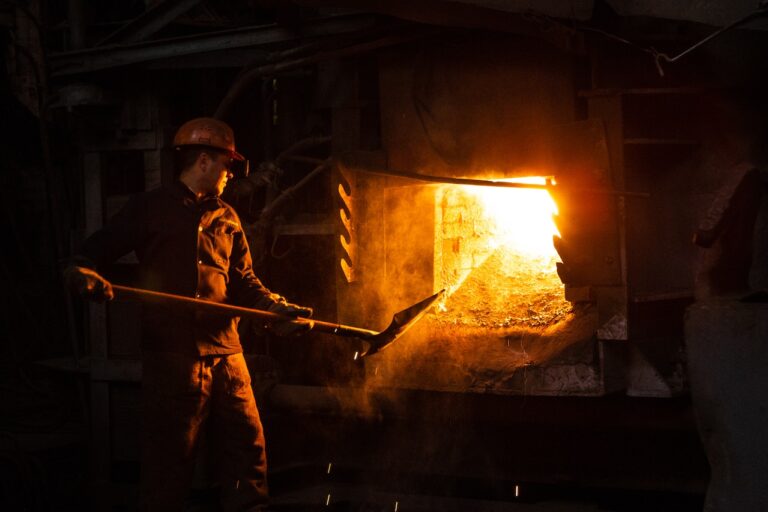Welcome back from your Labor Day weekend!
Labor Day in the United States usually means trips out to the lake, parties and parades, getting together with family and friends, big shopping sales and, for some areas of the country, the last weekend before kids go back to school. But the true meaning of Labor Day is often glossed over, especially its entwined history with International Workers’ Day which is held in May everywhere else around the world.
Even though the day has passed, it never hurts to brush up on your history. So here is what to keep in mind for your future reporting.
Where it originated
The very first Labor Day was celebrated in 1882 to honor the many contributions workers had made to strengthen the American economy. After some grassroots efforts to recognize the holiday in individual states (with Oregon being the first in 1887), Congress eventually made the day a federal holiday in 1894.
There is some debate about who exactly founded the holiday, with two different labor union leaders being the most credited, but the general idea was to set aside a day of rest for the laboring classes who worked to build this country. This was during a time when workers faced dismal conditions, with twelve-hour days, a seven-day work week, and limited protection for child labor. Many workers lacked sufficient access to fresh air, sanitary facilities, or breaks, all of which disproportionately hurt the poor and recent immigrants.
A national strike to demand an eight-hour workday began on May 1, 1886, and led to the Haymarket Riot (also referred to as the Haymarket Affair or Haymarket Massacre) a few days later in Chicago when violent confrontations between labor protesters and police erupted, resulting in a bombing that killed several people on both sides of the protest. This event has had lasting impacts on the labor movement not just in the U.S. but also internationally, including being the inspiration for International Workers’ Day.
International Workers’ Day
This holiday is also frequently referred to as May Day and is celebrated in many countries around the world on May 1, from Finland to China to Morocco. Despite an event in the U.S. being the inspiration for May Day, the U.S. still chooses to celebrate its version of Labor Day in September.
One reason is that the Labor Day in September did come first, but the association with a bombing as well as the connection to socialists, activists, and radicals pushed President Cleveland to choose the September date. Some historians believe the Labor Day bill was pushed through by Cleveland largely as an attempt to stamp out the power of May Day, a day of more protest and less celebration than the one in September, and to give the Labor movement something to prevent more strikes (like the Pullman Strike that was ongoing). Years later when May Day started to become strongly associated with the Russian Revolution and Communism, the U.S. furthered itself even more from the date.
Ironically, when the first official Labor Day was celebrated in 1894, only federal workers were guaranteed the day off, rather than the very workers who created it.







